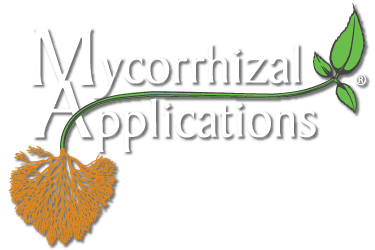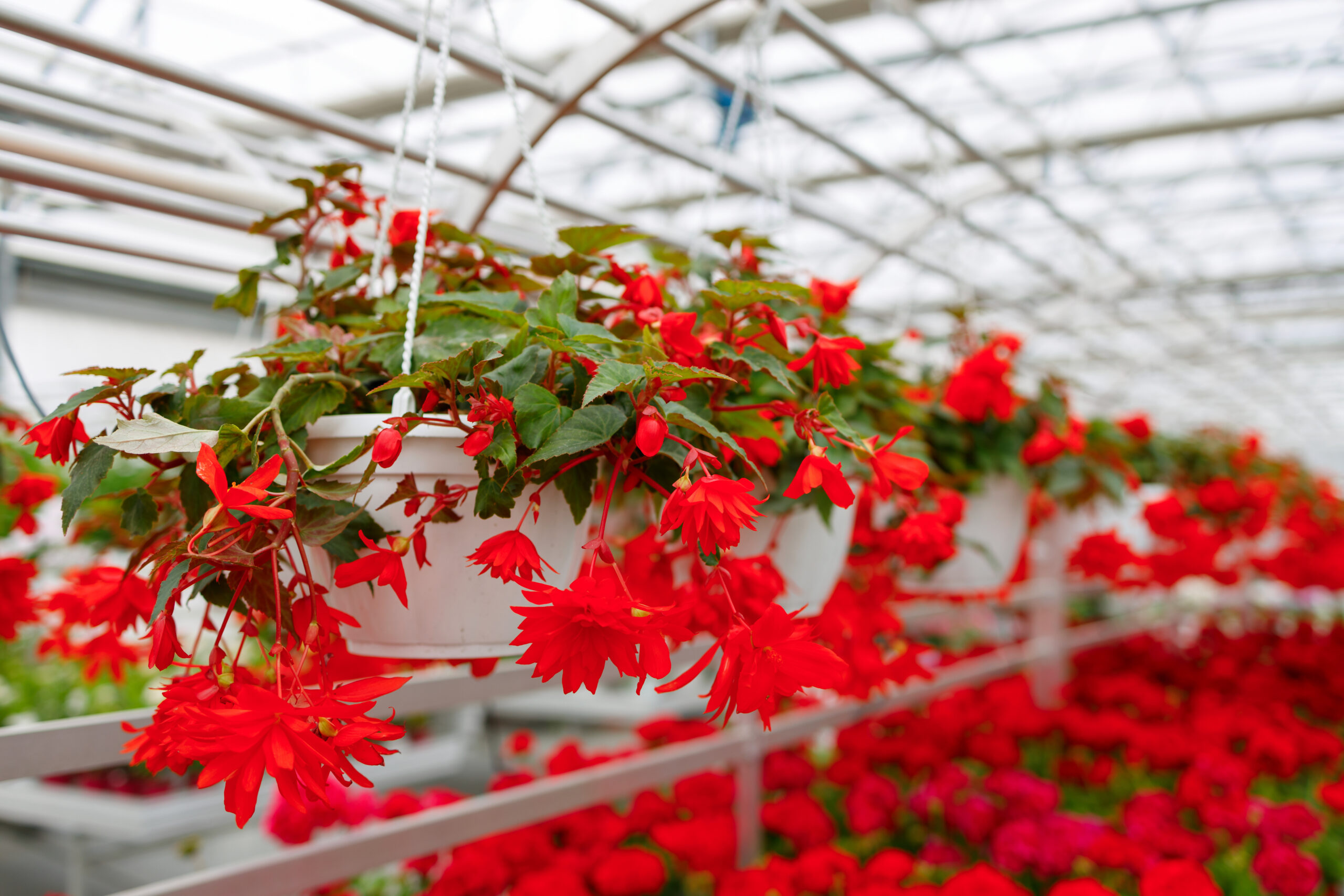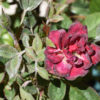We all know the feeling. You pour a glass of your favorite beverage, you drink part of the glass, but before you can finish drinking your beverage, it gets tipped over and you lose out on finishing the drink. This same scenario can be played out in a variety of scenarios, but in every circumstance, you lose out on being able to fully benefit from the experience. You feel cheated. It is human nature. We all want to enjoy the full value/benefit of every component of our lives. Losing out on a drink is a minor thing, but losing out in your growing operation is not. My goal in this article is to explain how the use of mycorrhizae can reduce nutrient loss and increase the value of the fertilizers you apply.
Tracking Rising Nutrient Costs
As we all know the cost of production is increasing. Fortunately, the industry’s cost of production is formally tracked by Dr. Charlie Hall in his An Index of Prices Paid by Growers in the Green Industry. In the 2023 version of the previously mentioned report, Dr. Hall reports that the “overall cost of inputs used in producing nursery and greenhouse crops is about 59.8% higher in 2022 than it was in 2007.” The rising costs of fertilizers are a component of this cost of production increase. As an industry professional, it makes sense that we want to get the full value of the fertilizers we apply.
The Financials of Nutrient Loss
In the December 2023 Grow Pro Webinar series, Dr. James Altland, USDA ARS presented information that can contribute to this conversation. Titled Technologies and Strategies for Sustainable Substrates in Containerized Crop Production, this American Floral Endowment sponsor presentation shared a slide about the use of nitrogen in nursery and greenhouse production. Dr. Altland reported that on average 150-600 lbs. of nitrogen are applied per acre. And this range applies to both containerized nursery and greenhouse-produced crops.
Following up on the 150 lbs. of nitrogen per acre rate, using the 20-10-20 fertilizer we referenced in our December article, a 25 lbs. bag. x (20/100) = 5 lbs. of nitrogen. That means we need thirty bags of the 20-10-20 fertilizer to equal the 150 lbs. of nitrogen rate. For the 600 lbs. per acre rate, 120 bags of 20-10-20 fertilizer are needed. That translates to $1,200 to $4,800 in fertilizer costs per acre for this example.
On the same slide, Dr. Altland also indicated that approximately 50 percent of the applied nitrogen and phosphorous are typically lost during production. That means on average $600 to $2,400 of fertilizer is lost each year per acre of production. That is a lot of money. The use of mycorrhizae can help you reduce the amount lost.
How Mycorrhizae Reduce Nutrient Loss
I would now like to share with you a HortScience (46(11): 1472-1479) article abstract in its entirety that further explains the role mycorrhizae can play in reducing nutrient leaching. The 2011 article is titled Effects of Mycorrhizal Colonization on Nitrogen and Phosphorus Leaching from Nursery Containers.
“Our goal was to investigate the effects of mycorrhizal colonization on nitrogen(N) and phosphorus (P) leaching from plants grown in nursery containers. We compared the growth response and the content of nitrate (NO3), ammonium (NH4), and orthophosphate, in leachates collected from mycorrhizal (AM) and nonmycorrhizal (NonAM) plants of the fast-growing perennial, Encelia californica Nutt. (California sunflower), and the slow-growing woody shrub, Rhus integrifolia (Nutt.) Brewer & S. Watson (Lemonade berry). Plants were grown for 8 weeks with no fertilizer or with 0.88 g (half rate) and 1.76 g (full rate) of 18N–2.6P–9.9K Osmocote (18-6-12, 6–7-month longevity at 26
Other university studies have supported these same conclusions.
There are many reasons for wanting to reduce nutrient loss. It could simply be the desire to get a better value of the fertilizer you apply, or it could be to reduce your costs by reducing the amount of fertilizer you purchase. Mycorrhizae use could be part of your solution and here is why.
- Mycorrhizal hyphae are better than roots at absorption. Nutrients are absorbed along the entire length of the hyphae compared with just the tip for roots and root hairs.
- Mineral nutrient uptake through hyphae can come from both the soluble and insoluble pool of nutrients. And to ensure uptake efficiency, mycorrhizal hyphae allow for greater inflows through their system.
- When nutrients are in excess mycorrhizal vesicles store the nutrients and release them later to the plant for later use. These concepts apply whether you are feeding with a water-soluble, controlled-release, or organic fertilizer.
Benefits Beyond the Financial
Reducing nutrient loss has additional benefits beyond financial. Nitrogen and phosphorus runoff can be reduced. For businesses that operate in localities that regulate runoff, mycorrhizae use can be an effective management tool in reducing runoff. From a big-picture perspective, runoff reduction can also help you be a better neighbor and a stronger environmental steward. It might even help those growers that participate in sustainability certification programs.
Nutrient loss reduction is an important goal that all growing operations should have to improve their bottom line. If your mycorrhizae use can reduce your nutrient loss by 2.8 percent or greater, you have surpassed the cost of the mycorrhizal application. Whether your goal is to get a better value from the nutrients you apply, or potentially reduce the amount of fertilizer purchased, mycorrhizae use is a powerful tool for green industry professionals to use in reducing the loss of applied nutrients at their growing operation.
Get in Contact
If you have any questions about anything covered in this article or MycoApply Mycorrhizae, please contact your local Mycorrhizal Applications Representative or call 866-476-7800 or email us at inquiries@mycorrhizae.com.







